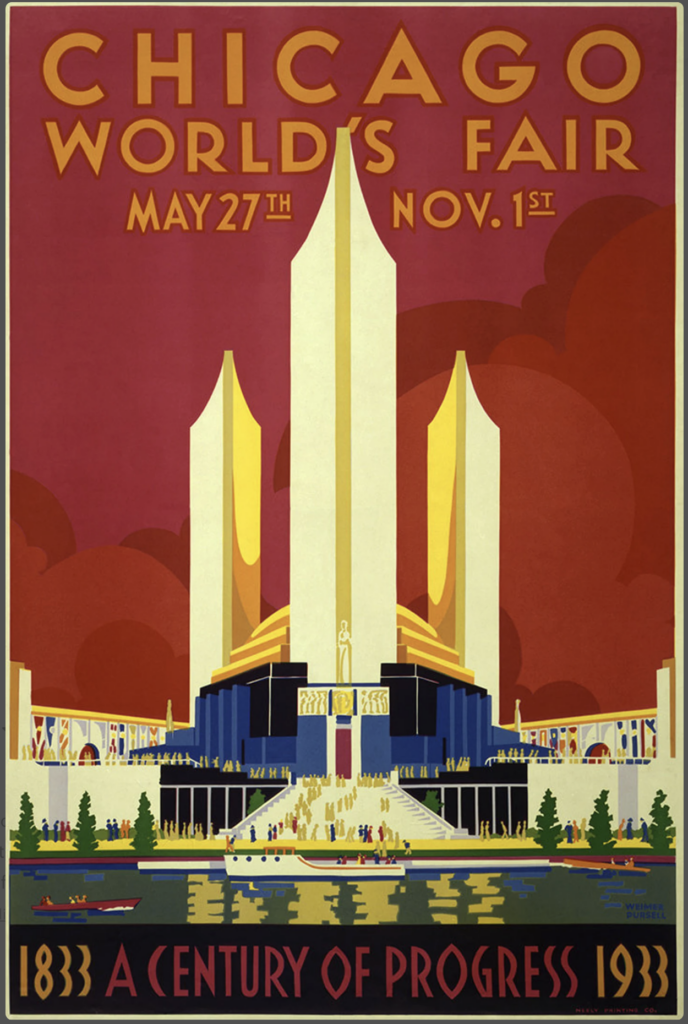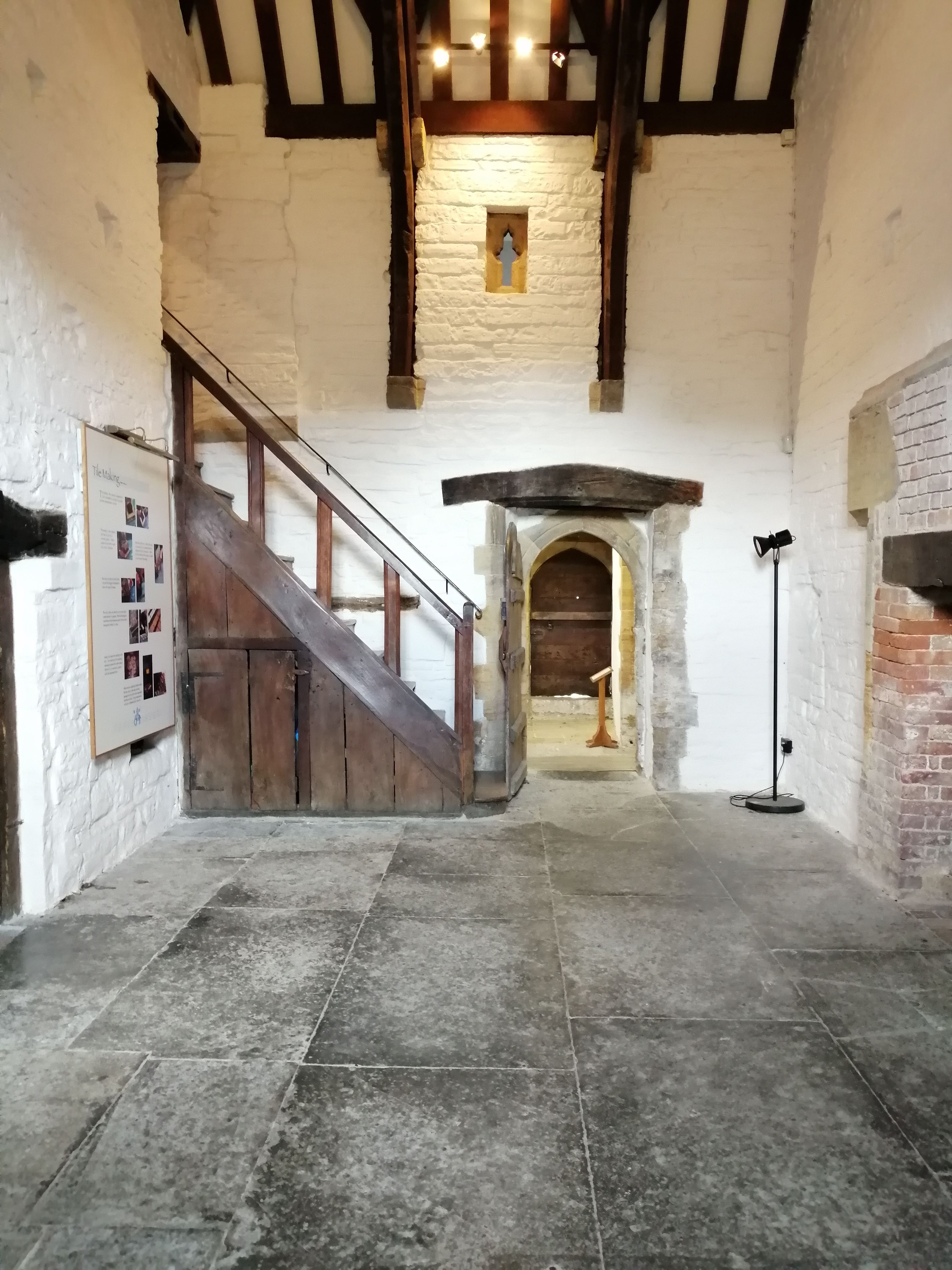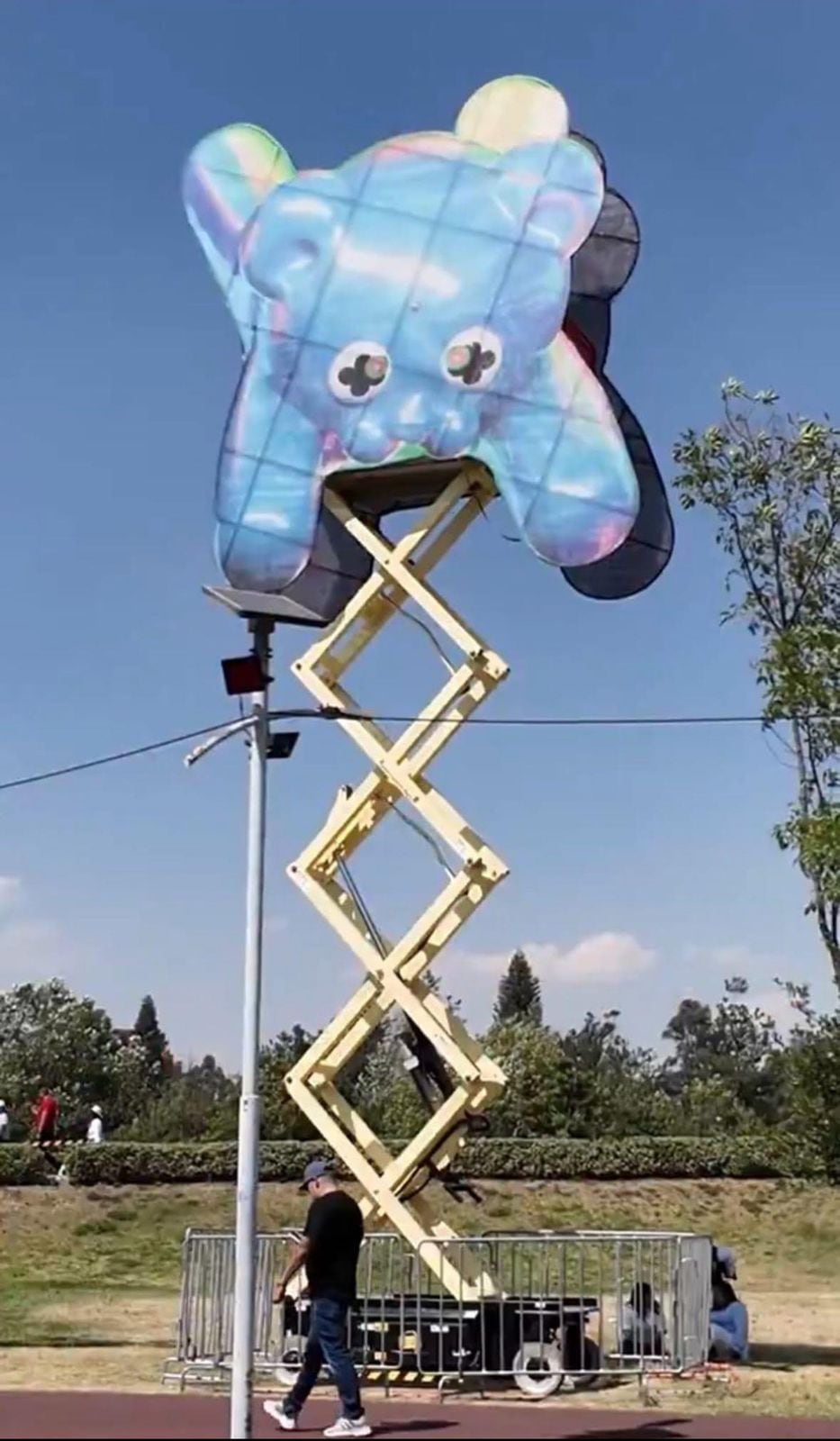Chicago's 1933 World's Fair: A Look Back At The Century Of Progress Exposition

Table of Contents
The Vision and Purpose of the 1933 World's Fair
The 1930s were a time of profound economic and social upheaval. The Great Depression cast a long shadow over the nation, leaving millions unemployed and struggling to survive. Against this bleak backdrop, the Century of Progress Exposition emerged as a bold statement of hope and a testament to the resilience of the human spirit. The Fair aimed to showcase American ingenuity and technological innovation, projecting a vision of a brighter future and fostering a sense of national pride.
- Economic Recovery: The Fair's organizers hoped to stimulate economic recovery by creating jobs and attracting tourists to Chicago. The construction and operation of the exposition provided employment for thousands, injecting much-needed capital into the city's economy.
- Technological Advancement: The CPE emphasized the advancements in science and technology as a path towards progress. Exhibits highlighted the potential for innovation to solve problems and improve lives.
- Key Organizers: The vision of the Century of Progress was spearheaded by individuals like Rufus C. Dawes, the president of the exposition, and Daniel Burnham's legacy continued to influence the planning and design. Their leadership and determination were instrumental in bringing this ambitious project to fruition.
- A Message of Optimism: The Fair's motto, "A Century of Progress," encapsulated its core message: a celebration of human achievement and a look towards a brighter future, despite the harsh realities of the Great Depression.
Architectural Marvels and Design of the Century of Progress
The architecture of the Century of Progress Exposition is a defining feature, showcasing the elegant lines and streamlined forms of the Art Deco style. This modern architectural expression perfectly captured the spirit of innovation and optimism that permeated the event. The fairgrounds themselves became a showcase of innovative building techniques and materials.
- Key Buildings: The Hall of Science, a symbol of scientific progress, stood as a majestic example of Art Deco design. The Travel and Transport Building, with its dynamic lines and futuristic aesthetic, celebrated advancements in transportation. The iconic Sky Ride provided breathtaking views of the exposition grounds.
- Art Deco Elements:
- Geometric Patterns: Intricate geometric patterns adorned many buildings, reflecting the era's fascination with precision and order.
- Streamlined Forms: Buildings featured sleek, streamlined forms that suggested speed, efficiency, and modernity.
- Metallic Materials: The use of chrome and other metallic materials created a sense of futuristic glamour.
- Vertical Emphasis: Tall, slender towers and structures emphasized verticality, symbolizing ambition and progress.
- Innovative Materials: The construction of the temporary structures incorporated innovative materials and techniques, reflecting the era's commitment to technological advancement.
Technological Innovations and Exhibits at the Chicago World's Fair
The 1933 Chicago World's Fair was a showcase of groundbreaking technological advancements that were transforming society. Exhibits highlighted the potential of electricity, transportation, and communication to improve lives and shape the future.
- Electricity's Impact: The Fair itself was extensively illuminated, demonstrating the power and potential of electricity. Exhibits explored its use in various aspects of life, from domestic appliances to industrial applications.
- Transportation Revolution: New automotive technology and advancements in air travel were prominently featured. The streamlined designs of vehicles reflected the Art Deco aesthetic, capturing the spirit of innovation.
- Communication Advancements: Early television demonstrations offered a glimpse into the future of broadcasting and entertainment. Radio technology, already a burgeoning force, was also highlighted.
- Key Technological Advancements:
- Early television broadcasts
- New automotive designs and technologies
- Advancements in aviation
- Displays of industrial automation
The Legacy and Lasting Impact of the 1933 Chicago World's Fair
The Century of Progress Exposition left an indelible mark on Chicago and American culture. Its influence can still be seen in the city's urban planning, architectural landscape, and cultural identity.
- Urban Planning: The Fair's planning and design influenced subsequent urban development projects in Chicago, shaping the city's infrastructure and layout.
- Architectural Legacy: While many of the temporary structures were dismantled after the Fair, its Art Deco influence is still visible in Chicago's architecture. The style's enduring appeal is a testament to the exposition’s impact on design.
- Cultural Impact: The Fair fostered a sense of national pride and optimism, helping to lift spirits during a time of economic hardship. Its impact on American design and architecture continues to resonate today.
- Surviving Structures: Though most structures were temporary, some elements, like certain landscaping features or design elements incorporated into later buildings, continue to serve as reminders of the exposition.
Rediscovering the Wonder of Chicago's 1933 World's Fair
The Century of Progress Exposition stands as a remarkable achievement, showcasing American innovation and resilience during the Great Depression. Its architectural marvels, technological innovations, and lasting cultural impact make it a significant event in both Chicago and American history. The Fair's role in fostering optimism and showcasing technological progress serves as an enduring legacy. Delve deeper into the fascinating history of the Century of Progress Exposition! Explore online archives, visit Chicago's museums, and rediscover the wonder of this transformative event. Learn more about the enduring impact of the 1933 World's Fair and its contributions to Chicago's development and American culture.

Featured Posts
-
 Discovery Of 13th Century Structures At Binnenhof
May 28, 2025
Discovery Of 13th Century Structures At Binnenhof
May 28, 2025 -
 Persemian Gerakan Bali Bersih Sampah Peran Masyarakat Dalam Mewujudkan Bali Yang Bersih
May 28, 2025
Persemian Gerakan Bali Bersih Sampah Peran Masyarakat Dalam Mewujudkan Bali Yang Bersih
May 28, 2025 -
 Peran Kodam Udayana Dalam Mendukung Gerakan Bali Bersih Sampah
May 28, 2025
Peran Kodam Udayana Dalam Mendukung Gerakan Bali Bersih Sampah
May 28, 2025 -
 Cubs Vs Diamondbacks Outright Cubs Victory Predicted
May 28, 2025
Cubs Vs Diamondbacks Outright Cubs Victory Predicted
May 28, 2025 -
 Rent Freeze Housing Corporations Prepare Legal Action Against Minister
May 28, 2025
Rent Freeze Housing Corporations Prepare Legal Action Against Minister
May 28, 2025
Latest Posts
-
 Ticketmaster Proceso De Reembolso Por La Cancelacion Del Axe Ceremonia 2025
May 30, 2025
Ticketmaster Proceso De Reembolso Por La Cancelacion Del Axe Ceremonia 2025
May 30, 2025 -
 Cancelacion Axe Ceremonia 2025 Solicita Tu Reembolso En Ticketmaster
May 30, 2025
Cancelacion Axe Ceremonia 2025 Solicita Tu Reembolso En Ticketmaster
May 30, 2025 -
 Bala Summer Concert Series Kees Victoria Day Weekend Launch
May 30, 2025
Bala Summer Concert Series Kees Victoria Day Weekend Launch
May 30, 2025 -
 Preventa Entradas Bad Bunny Madrid Y Barcelona Ticketmaster Y Live Nation
May 30, 2025
Preventa Entradas Bad Bunny Madrid Y Barcelona Ticketmaster Y Live Nation
May 30, 2025 -
 Bad Bunny Preventa De Entradas Conciertos En Madrid Y Barcelona Ticketmaster Live Nation
May 30, 2025
Bad Bunny Preventa De Entradas Conciertos En Madrid Y Barcelona Ticketmaster Live Nation
May 30, 2025
